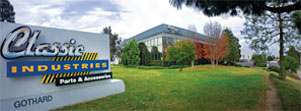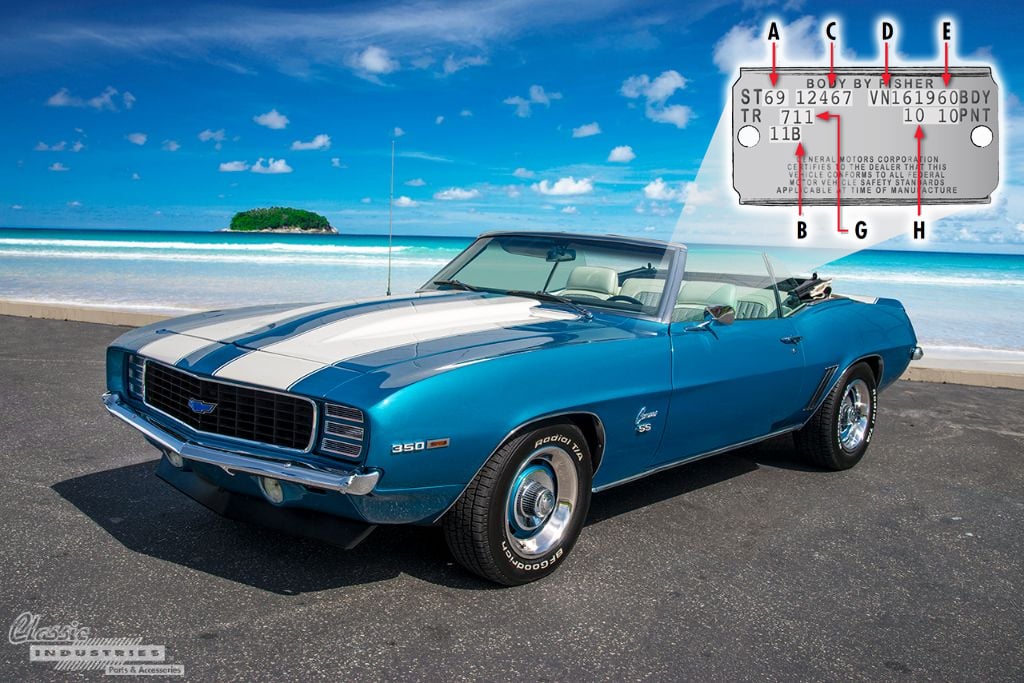
Given the massive popularity of the first-generation Camaro, it's no surprise that owners of these classic cars are interested in learning more about their vehicles' origins. Some of them have been restored, some have been resto-modded, and a few have been turned into hot rods that greatly diverge from their original specs. Thankfully, it's still possible to check how each of these cars left the General Motors production line, as long as you know where to look. Our 1967-1969 Camaro trim tag decoder can help you learn important details about your Camaro's assembly plant, interior trim, exterior paint color, and more.
Key Takeaways Synopsis
-
Popularity of First-Generation Camaros
- Discover the lasting appeal and various modifications of 1967-1969 Camaros.
-
Decoding the Trim Tag
- Use the trim tag to reveal your Camaro's original specs, such as assembly plant, interior trim, and exterior paint color.
-
Trim Tag vs. VIN
- Understand the distinct information provided by the trim tag and VIN.
-
Trim Tag Location
- Learn where to find the trim tag on your Camaro and its placement changes over time.
-
Trim Tag Codes Breakdown
- Decode codes for model year, body build date, body style, and assembly plant to understand your Camaro's history.
-
Restoration and Customization
- Explore restoration or customization options with Classic Industries, offering parts and accessories to suit your style.
Trim Tag vs. VIN - What's the Difference?
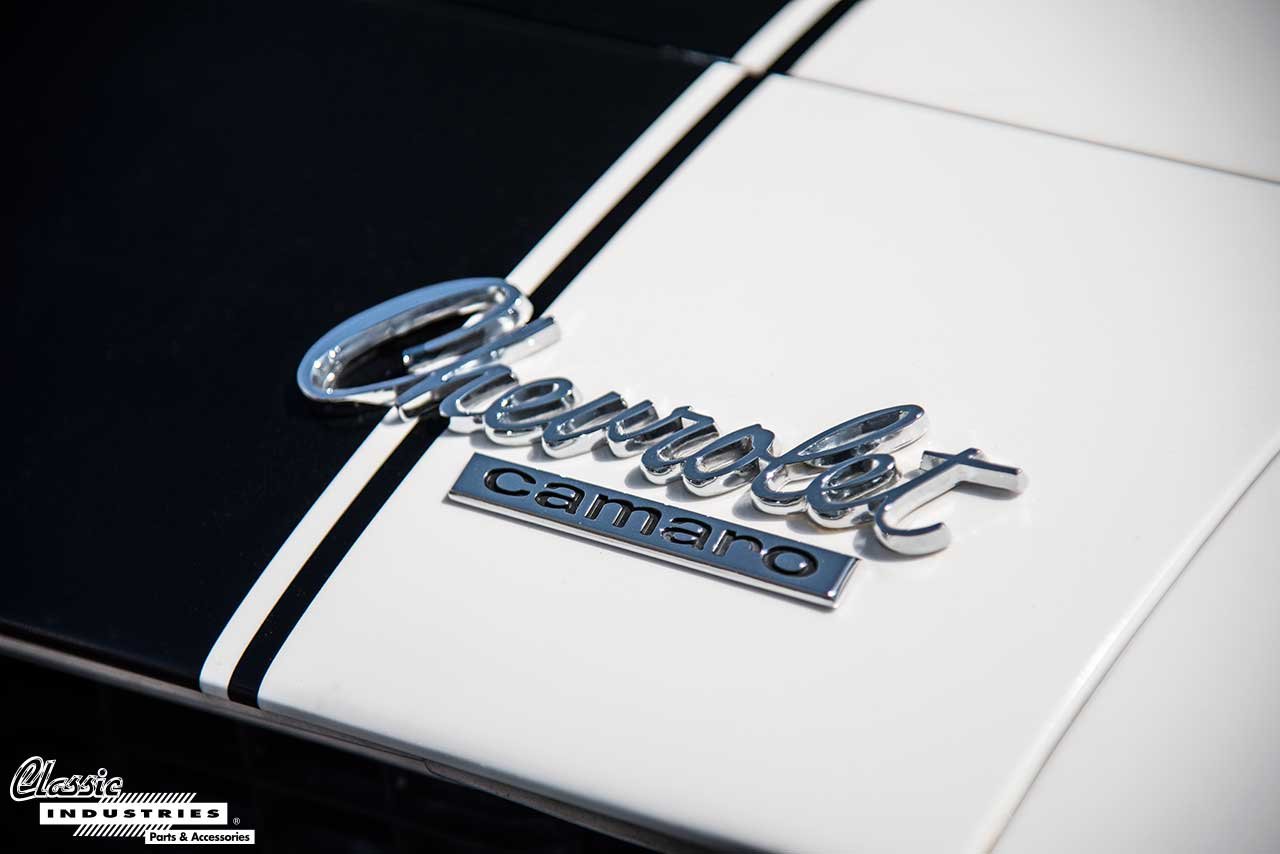
Before we begin discussing the trim tag, we should point out the difference between this and the VIN. The VIN, or vehicle identification number, is a unique combination of 13+ numbers and letters that can be found on a steel plate riveted to the left door hinge pillar (for 1967 models) or the driver's side upper dash panel (for 1968 and up models). The VIN can provide some valuable information about engine type, body style, model year, and more. If you're interested in decoding your Camaro's VIN, refer to our 1967-2002 Camaro VIN Decoder article.
Chevrolet cowl tags or trim tags were attached to various locations on the body of Camaro models from their inception in 1967 until 1985. The plates represented a vehicle’s most basic body characteristics to Fisher Body, the coachworks for Chevrolet Motor Division. Codes listed included Model Year, Model Description (including model and body style), Assembly Plant, Body Sequence Number, Trim, Body Paint Color, Build Date, and Accessory Code. In 1967, option codes were also listed on the cowl tag.
Trim Tag Location
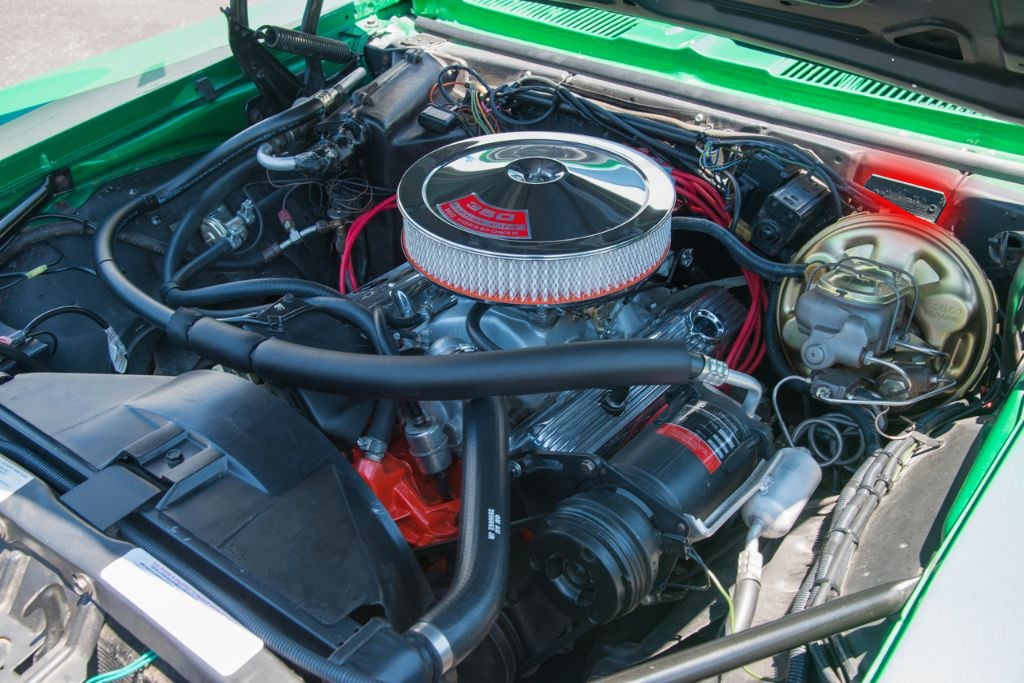
For most Camaro model years, the cowl tag was riveted to the body, except in a few cases including 1973 and 1974, where it was screwed to the body with sheet metal screws. From 1967 to 1969, the tag was located on the firewall next to the brake booster (highlighted in red in the image above). From 1970 to 1981, the tag was attached to the cowl next to the windshield, facing up toward the hood. From 1982 to the end of their use in 1985, the tag was affixed to the radiator support.
1967-1969 Camaro Trim Tag Decoder

A. Model Year Code
Last two digits of the model year. For example, the code for a vehicle body manufactured in 1967 would be “67”.
B. Body Build Date Code
Comprised of three digits, 01 through 12 represent each month of the year and A through E represent alphabetically each week of the month. For example, 11B would represent a body build date of the second week of November.
C. Body Style Code
First two digits represent the Camaro model code (“12”) and the last two are the body code. Coupes possess the code “37” while convertibles have the code “67” instead. In 1967, the middle digit was set to “4” for standard interior and “6” for custom interior. From 1968-69, the middle digit had no significance and was set to “4” for all vehicles.
D. Assembly Plant Code
Three letters indicate the assembly plant code; the Fisher Body plant where the vehicle underwent primary assembly. Between 1967 and 1969, only two plants assembled Camaro models: Norwood, Ohio (“NOR”) and Van Nuys, California (“LOS”). In mid-December 1968, the “LOS” code for the Van Nuys plant was changed to “VN”.
E. Fisher Body Number
Up to six digits follow the assembly plant code and represent the Fisher sequential body number. Not to be confused with the V.I.N. sequence, this number was approximately sequential, but was for Fisher Body’s tracking purposes only. In 1969, the number was assigned when the order was accepted, not when the body was built. This meant that body numbers were not necessarily sequential.
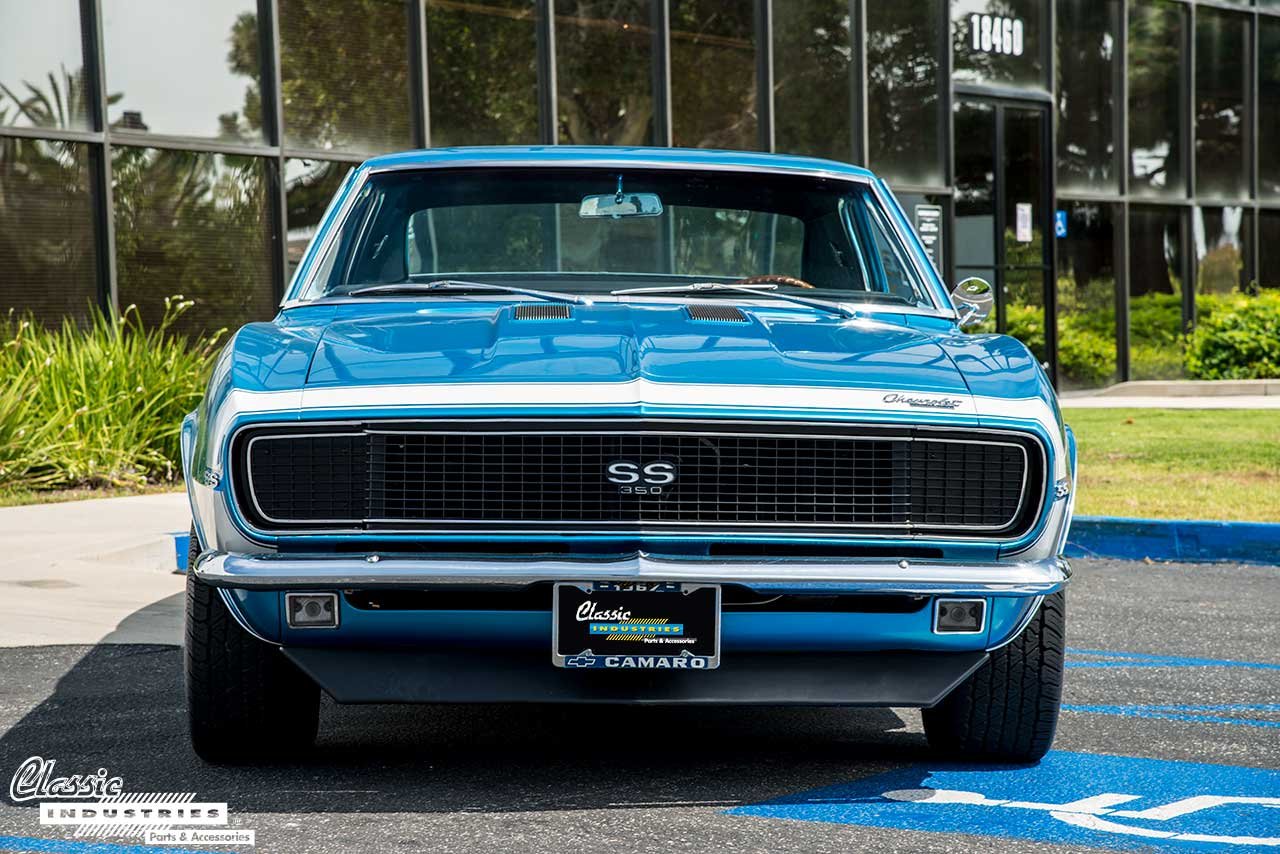
F. Fisher Body LOS Scheduling Code
The Los Angeles (“LOS”) body scheduling code consists of a letter followed by one to three digits. The letter indicates the production day of the month for the beginning of that vehicle’s assembly. The letter “A” indicates the first production day of the month, and was reset the first production day of the next month. The three digits represent the vehicle’s approximate production number each day. At the start of the next day, the code was reset to “1”. This number is exempt from body style, thus a Full Size vehicle could be serially located just before a Camaro or Nova. This code was not used on Norwood built vehicles.
*For 1967 Norwood built cars only, the code was shortened to only one letter and represented the interior paint color code for vehicles built at the Norwood, Ohio plant. Los Angeles (“LOS”) cars would retain the common one letter one to three digit code.
G. Interior Trim Code
The three digits of the TR (trim) code are unique for each year. The combination indicates the color as well as standard or custom interior style. In 1967, a hyphenated letter suffix indicates seat and headrest type. For example, “765-Z” represents the interior trim of standard A50 Strato bucket seats without headrests, trimmed in black custom upholstery. For a list of interior trim codes, refer to this article from 69Pace.com.
H. Exterior Paint Code
The exterior paint code indicates body paint color and top color. It included vinyl top or convertible top if equipped. For cars without vinyl or convertible top, the body color was stamped on the tag twice. Paint codes had alphabetic codes in 1967-68 and numeric codes in 1969. Vinyl and convertible top codes were numeric in 1967-68 and alphabetic in 1969. Two-tone paint was only offered in 1969, thus the paint code could have two different numeric codes in 1969. For a list of specific paint codes, check out this article from 69Pace.com.
I. Body Related Option Codes (1967 ONLY)
This list of option codes was used until 1967 for Chevrolet models and indicated body related options that would be relevant to Fisher Body. The information was eliminated in 1968.
Need Camaro Restoration Parts?
Now that you've used our 1967-1969 Camaro trim tag decoder to learn more about your first-gen Camaro, you may want to restore it to its original specifications, or diverge from those specs to suit your personal taste. Either way, Classic Industries has the sheetmetal panels, trim, interior parts, and upholstery to rebuild your Camaro's body from the ground up. Browse our selection of Camaro parts online now, or hit the button below for a free full-color parts catalog.




